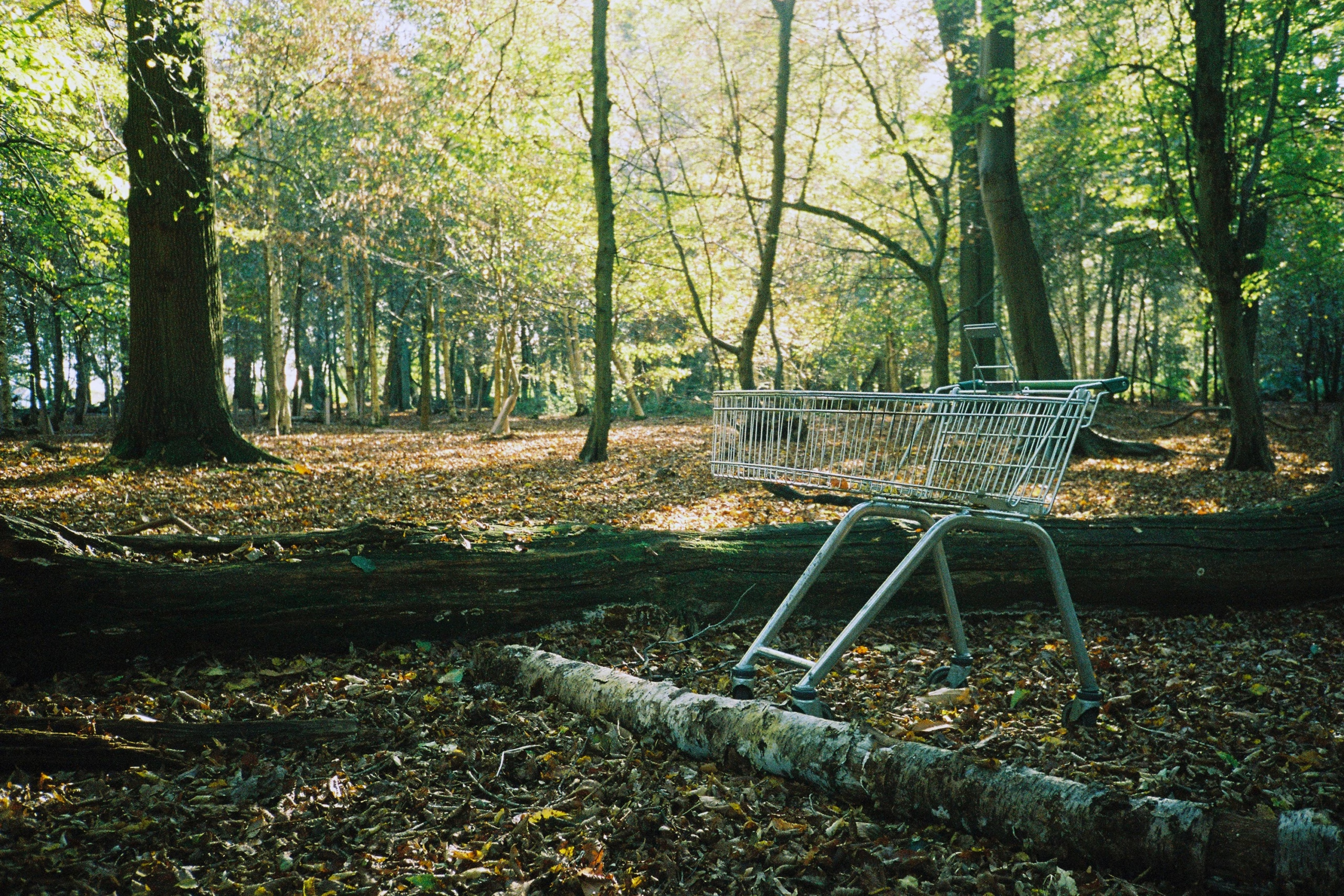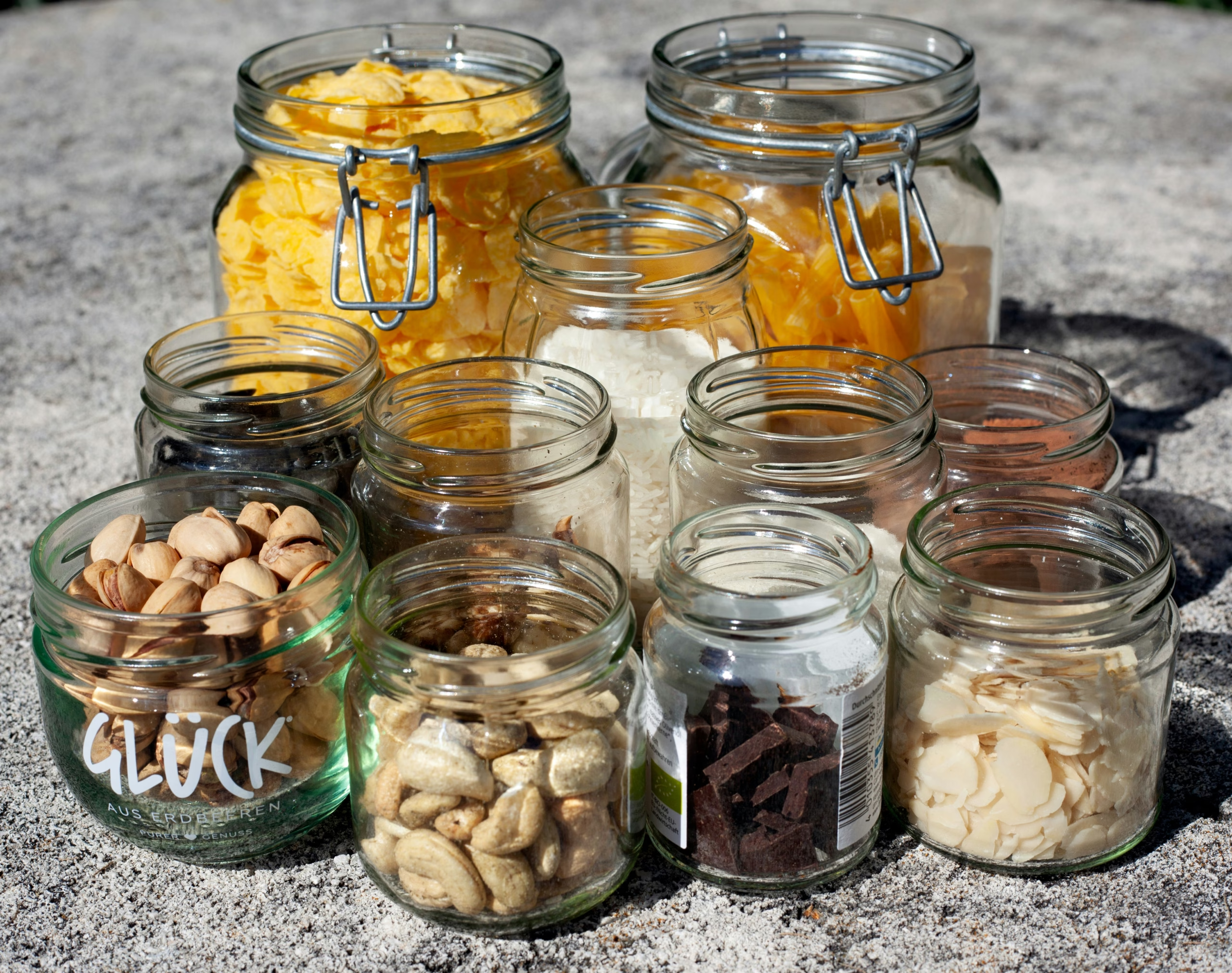Everyone loves a Top 10 list; here’s one with a few brainworms to help you remember the many reasons why you’re allowed to abhor single-use plastic.
1. Don’t worry, recycling will solve the problem
This is the original sin. The petrochemical industry knew it had a problem with all the single-use plastic waste it was encouraging consumers to discard. To get ahead of it, a decades-long marketing campaign touting the seemingly infinite ability of our trash collection system to recycle waste placed responsibility for “solving” the problem onto consumers. By narratively connecting people’s recycling habits with either the magnitude or insignificance of the problem, people were incentivized to believe that recycling was a workable, effective solution.
2. All plastic is recyclable
Hey Siri, what’s something that’s true and false at the same time? While it’s true there are chemicals and processes to recycle just about every type of petro-based plastic, that’s largely on paper. There’s a financial reality that keeps most plastic from ever getting recycled, and only two types — #1 (PET) and #5 (polypropylene) – are ever really processed in the U.S.
Plus, only clear or white plastic can be considered for recycling. If a container is dyed in any other color, it’s unsafe to reuse it. Some dyes are toxic; the chance a chemical dye used in, say, a cleaning product container could then migrate to a new food container makes it too risky. And a company whose brand is color-specific doesn’t want to bother recalibrating their production process each time a batch of differently hued plastic arrives.
3. It has a recycling triangle on it, so it gets recycled
Also known as wishcycling. Set aside for a minute that just two types of plastic — #1 and #5 – enjoy any sort of aftermarket demand. Most of that plastic must be in pristine condition to be considered recyclable. Any food waste, cleaning products, chemicals, paint or other household contaminants will ruin a batch.
4. Recycled plastic is just as good as new plastic
And last week’s bread still tastes great as a crouton. Recycled plastic is among the least beneficial materials used in consumer products. Even high-quality single-use plastic degrades when it’s recycled – the best-case scenario is a single reuse; then it must be trashed or retired as a permanent object like a bench. And how many plastic benches do we need? Plastic is a cheap material in every sense, and if you combine recycled and virgin types into one object, that virgin portion cannot be recycled later. Plastic just wrecks everything it touches.
5. Manufacturers like using recycled plastic
And kids like vegetables. Bottomline, it’s harder to work with and the savings compared to virgin supplies are minor – especially with the challenges it brings.
6. If you throw plastic in the trash, it’ll get pulled out before getting to the landfill
Most people don’t even like pulling things out of their own wastebasket. For the same reason there’s no real incentive to recycle low-quality plastic, there’s no incentive to try to snatch it from the general refuse stream. More likely, even plastic in the correct bin is going to get redirected into the landfill.
7. Plastic breaks down in nature, eventually
Kinda like how my first car in high school broke down all time – so helpful. Over 100-1,000 years, plastic will indeed break down…into tiny micro- and nano-particles that are toxic to fish, animals and people. Good luck finding a section of ocean or beach that isn’t inundated with plastic waste of all shapes and sizes. It’s in our food, our air, our water and about five grams per week gets into our bodies now so, yes, it will break down in nature.
8. You can recycle plastic everywhere
And you can use airline miles for travel whenever you want. About half of Americans live in areas that aren’t served by curbside recycling. Meaning, there’s no truck picking up a binful of recycled materials on a weekly basis – or even a weakly basis. There may be private recycling centers in their area, but that requires them to sort it all themselves, pack up the car and drive it over to the collection center. If you have the illustrious “blue bin” at home, be grateful you enjoy an effortless process.
9. America does a great job of recycling plastic
If by great you mean terrible. The United States is among the worst in the world at it. Just 5% of single-use plastic gets recycled here. We do well with aluminum, glass and paper – and super-hero movies. Plastic – not so much. We have the capacity to recycle 40M tons of material annually, but we need it for 80M tons. And it’s worth noting, the stats are getting worse, not better.
10. If you return plastic bags to the grocery store, it’ll make sure they get recycled
Well, it’ll make sure you believe they’re getting recycled. But they don’t have a magical method for making flimsy, filmy bags appealing to recyclers. They will bundle hundreds together like cord wood and send them to a recycling center…where they get shunted to landfill waste. Bags are notoriously difficult to process because of their light weight, tendency to get caught in machinery and the worthlessness of the end product. But it’s easier to pretend than face your disappointment.
11. Plant plastic is the solution – it’s from plants, so it’s harmless
Poison Oak is a plant, too. Just sayin’. It’s important to know a quick bit of chemistry – apologies to anyone else who barely eeked through high school chemistry class. Plastic is a polymer, meaning it’s made by creating a chain of eight carbon molecules that sorta looks like → C-C-C-C-C-C-C-C.
This chain of carbon molecules creates the barrier that enables your iced latte to endure the rigors of the world for 30 minutes. Usually it’s made from petroleum products – methane (CH4) or crude oil, which have lots of cheap carbon in them. But plants have lots of sucrose in them – also known as C12H22O11.
Plastic makers use the carbon bits of those sugars to build a polymer. That’s the extent of the plant’s involvement – there’s no vitamins or minerals; nothing nutritious is going into that plastic. And there’s nothing about plant plastic the Earth really wants back after so many chemicals get added to make it a cup or straw or clamshell.
I know I said in the headline there would be ten myths. But single-use plastic is just so bad, in so many ways, that there are actually 11 Top 10 reasons not to use it. Let’s all be better.



